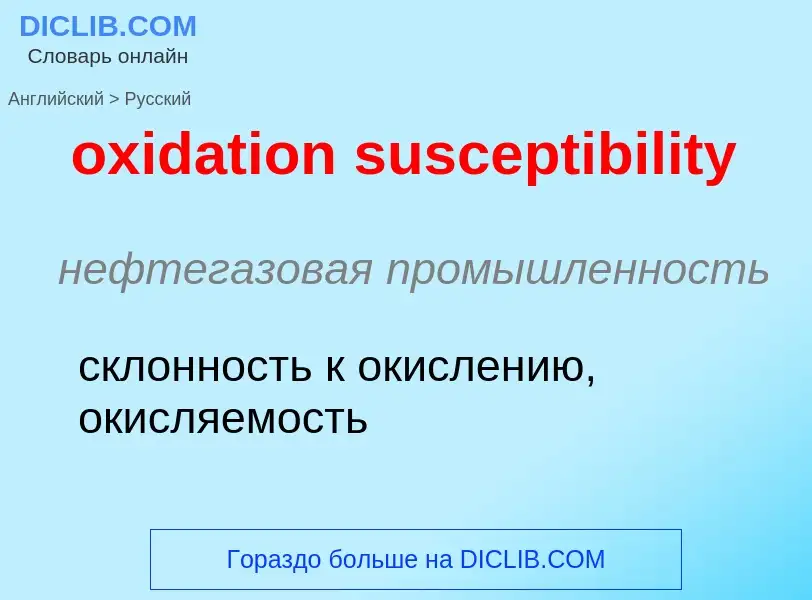Translation and analysis of words by ChatGPT artificial intelligence
On this page you can get a detailed analysis of a word or phrase, produced by the best artificial intelligence technology to date:
- how the word is used
- frequency of use
- it is used more often in oral or written speech
- word translation options
- usage examples (several phrases with translation)
- etymology
oxidation susceptibility - translation to russian
нефтегазовая промышленность
склонность к окислению, окисляемость
общая лексика
магнитная восприимчивость
общая лексика
намагничиваемость
Definition
Wikipedia
In electromagnetism, the magnetic susceptibility (from Latin susceptibilis 'receptive'; denoted χ, chi) is a measure of how much a material will become magnetized in an applied magnetic field. It is the ratio of magnetization M (magnetic moment per unit volume) to the applied magnetizing field intensity H. This allows a simple classification, into two categories, of most materials' responses to an applied magnetic field: an alignment with the magnetic field, χ > 0, called paramagnetism, or an alignment against the field, χ < 0, called diamagnetism.
Magnetic susceptibility indicates whether a material is attracted into or repelled out of a magnetic field. Paramagnetic materials align with the applied field and are attracted to regions of greater magnetic field. Diamagnetic materials are anti-aligned and are pushed away, toward regions of lower magnetic fields. On top of the applied field, the magnetization of the material adds its own magnetic field, causing the field lines to concentrate in paramagnetism, or be excluded in diamagnetism. Quantitative measures of the magnetic susceptibility also provide insights into the structure of materials, providing insight into bonding and energy levels. Furthermore, it is widely used in geology for paleomagnetic studies and structural geology.
The magnetizability of materials comes from the atomic-level magnetic properties of the particles of which they are made. Usually, this is dominated by the magnetic moments of electrons. Electrons are present in all materials, but without any external magnetic field, the magnetic moments of the electrons are usually either paired up or random so that the overall magnetism is zero (the exception to this usual case is ferromagnetism). The fundamental reasons why the magnetic moments of the electrons line up or do not are very complex and cannot be explained by classical physics. However, a useful simplification is to measure the magnetic susceptibility of a material and apply the macroscopic form of Maxwell's equations. This allows classical physics to make useful predictions while avoiding the underlying quantum mechanical details.

